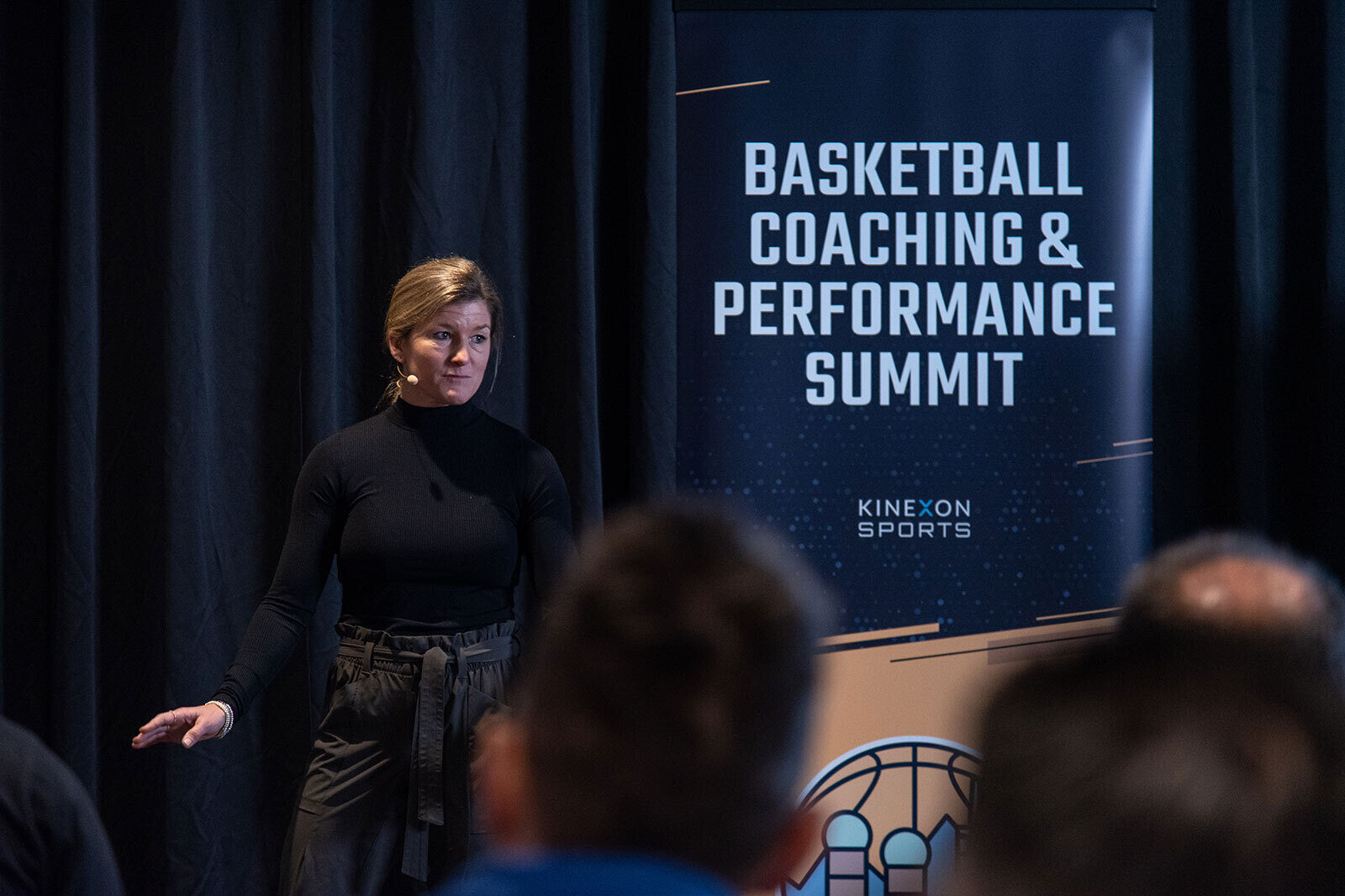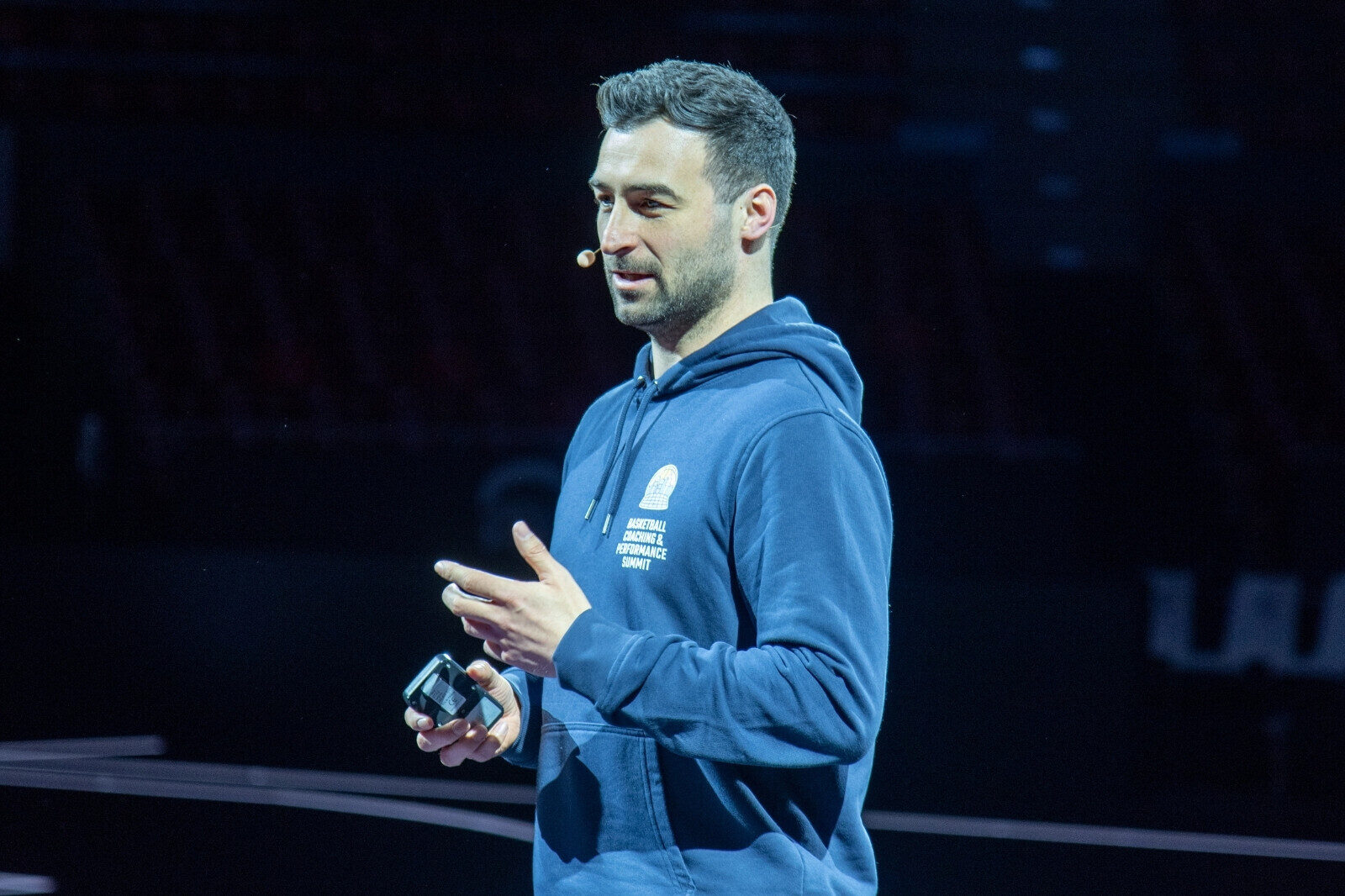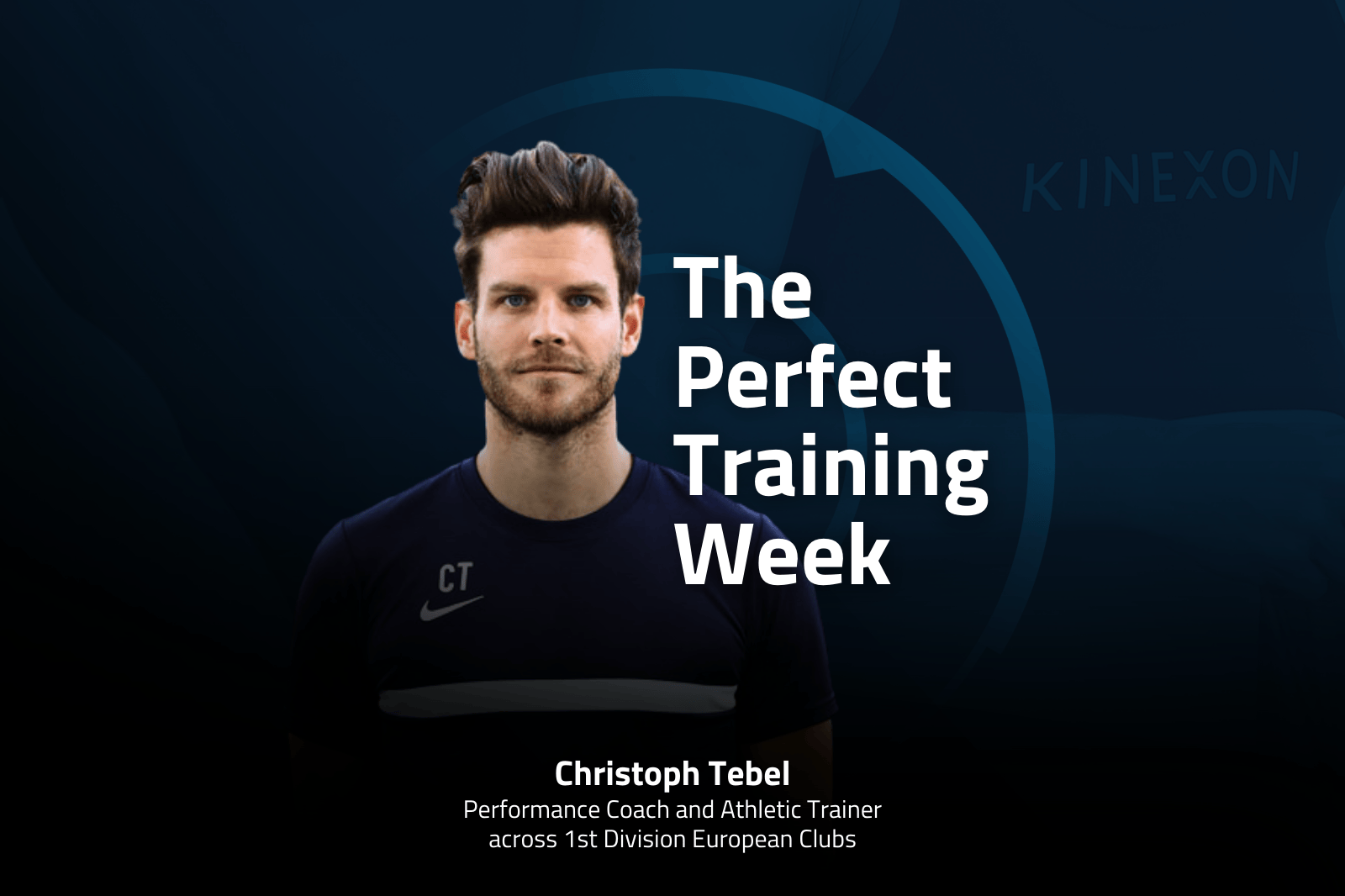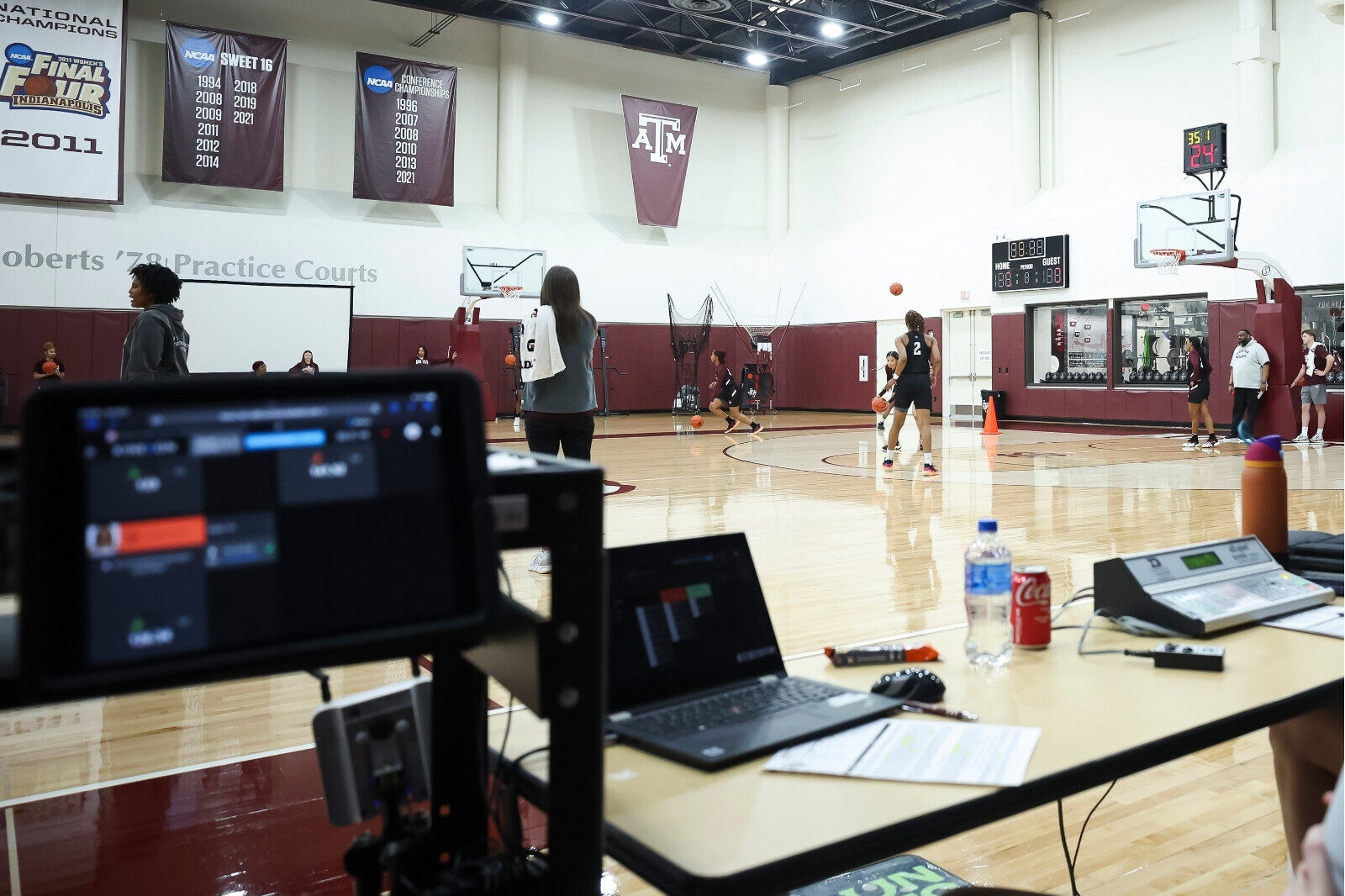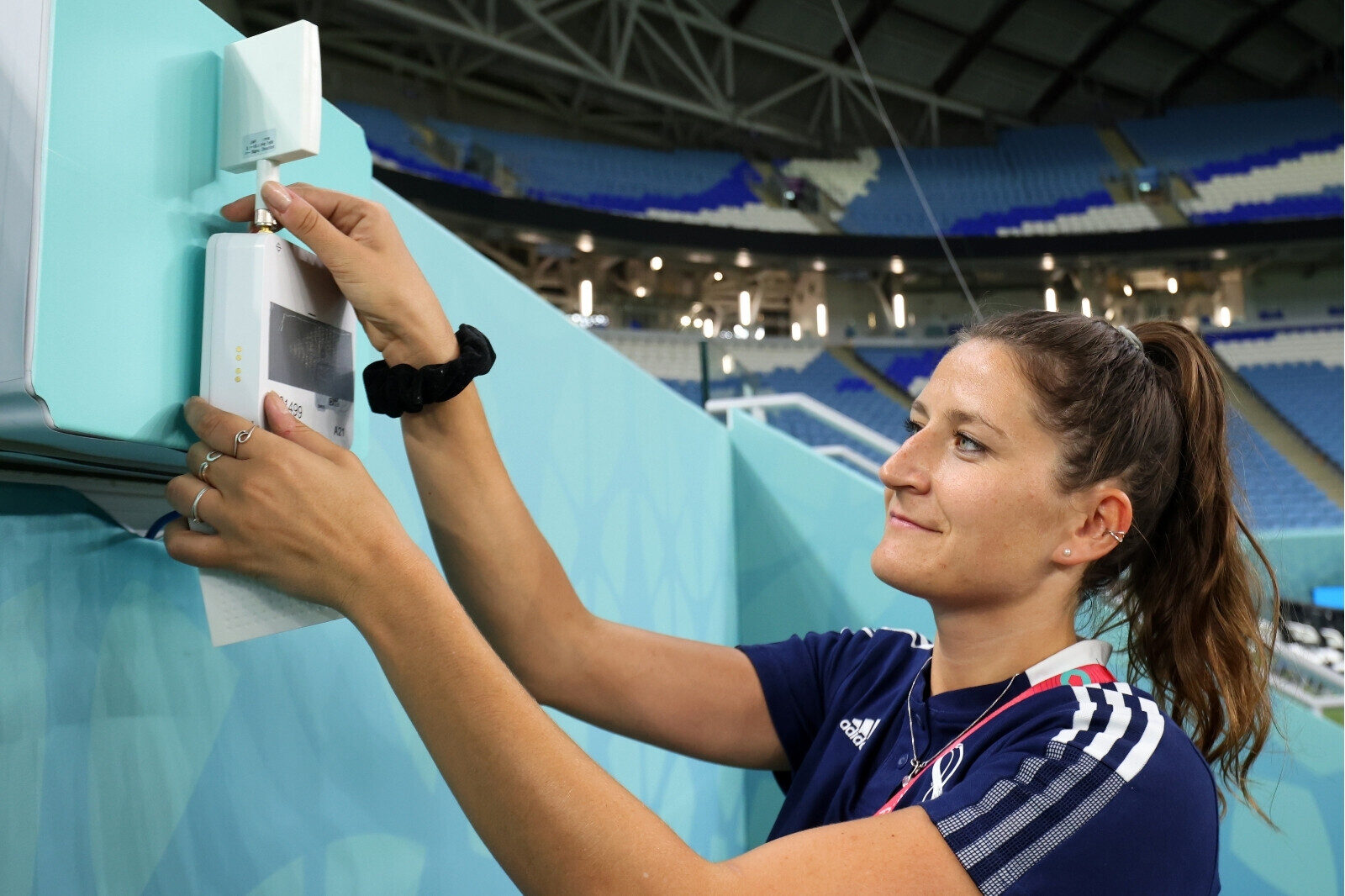The Connection Between Basketball Data, Point Spreads, and Sports Performance
When it comes to women’s college basketball, every edge counts, both mentally and physically. This ensures the best possible outcome on game day. Even if it means using the daily line as motivation.
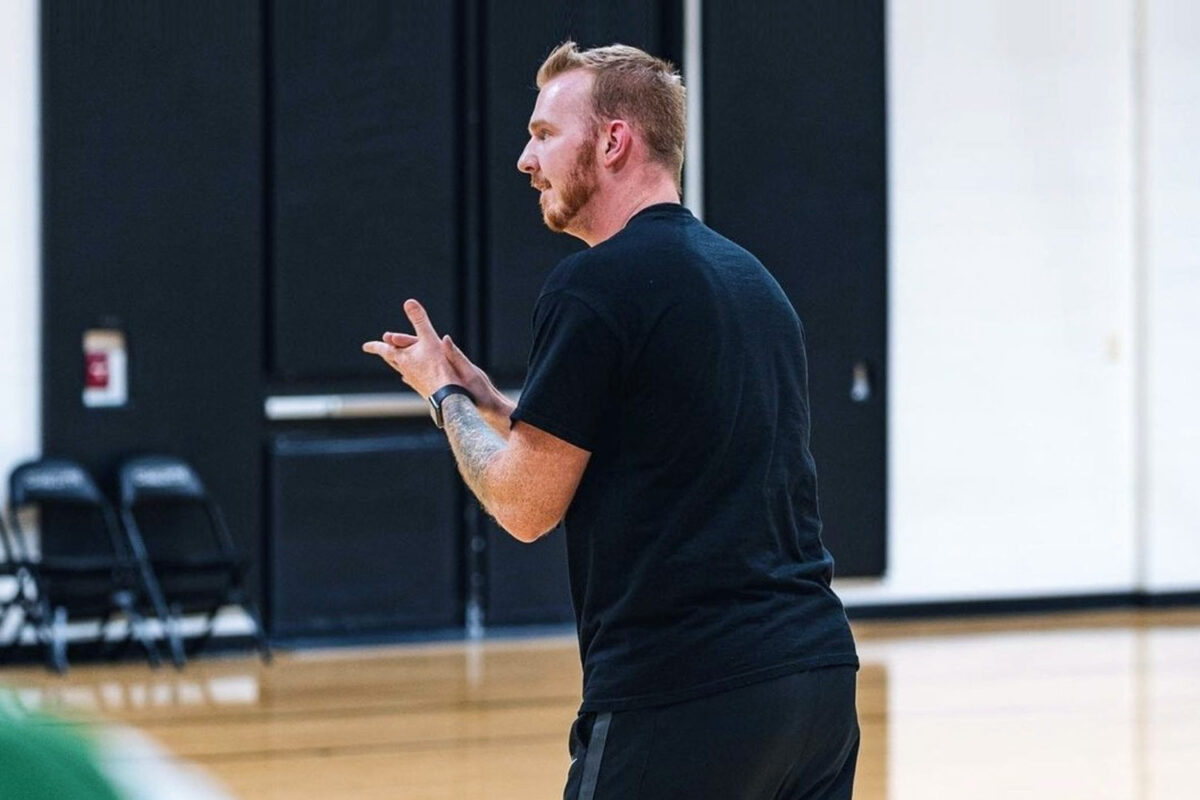
Paul Koier, Assistant Sports Performance Coach for UNC-Charlotte Women’s Basketball, started looking at the pointspreads, and for a way to change the team’s training regimen, after coming across a study titled “Training Load and Match-Play Performance in Collegiate Division I Basketball.”
The study analyzed the correlation between training load and match-play performance, particularly in relation to betting spreads. The findings were eye-opening: a practice duration of 75 minutes, scheduled on the day before the game, significantly increased the team’s chances of covering the spread. This strategic adjustment wasn’t about guaranteeing victory but about enhancing the team’s competitive edge.

Basketball Video Analysis System Eliminates Manual Shot Tracking
The Theory Looks Good on Paper
“When I presented that to our coach, you know, at first he was like Paul, I don’t know, like 75 minutes, that doesn’t seem like enough time,” Koier recalls. However, after weighing the data-driven insights, the coaching staff decided to embrace the change. It wasn’t about adding more hours to practice but about maximizing efficiency and effectiveness within a condensed timeframe.

The concept of practicing against the spread revolves around tailoring training sessions to ensure players are at their peak performance levels during game time. Whether you’re coming into the game as underdogs or favorites, the goal remains consistent: to outperform expectations.

Try A Better Way to Manage the Workload of Women Athletes
Practicing Against the Spread

Implementing this approach involves a strategic blend of half-court and full-court drills, meticulously designed to strike the delicate balance between preparation and preservation. It’s not about overexerting the players or leaving them underprepared; it’s about finding the sweet spot where optimal performance thrives.
“The goal is to make sure you don’t spend too much time on the court the day before a game.” The results have been mixed, so far.

“The goal is to make sure you don’t spend too much time on the court the day before a game.”
Koier recognizes that success and failure are integral to the journey, yet maintains an unwavering commitment to data-driven decision-making. This dedication ensures the team is equipped with optimal resources to perform at their peak, laying the groundwork for success while acknowledging the complexity inherent in the game.

Start a Cycle-Syncing Workout Program in Three Steps!
UNC Charlotte is Innovating the Game
In the ever-evolving landscape of collegiate basketball, adaptation is key. By embracing innovative approaches backed by research and data analysis, teams like UNC-Charlotte Women’s Basketball are redefining the boundaries of performance enhancement.

It’s not just about what happens on the court but about the strategic maneuvers made behind the scenes that ultimately shape the outcome. With Koier’s pioneering spirit leading the charge, the team is poised to navigate the challenges ahead with confidence and resilience.
More Insights on Using Basketball Software
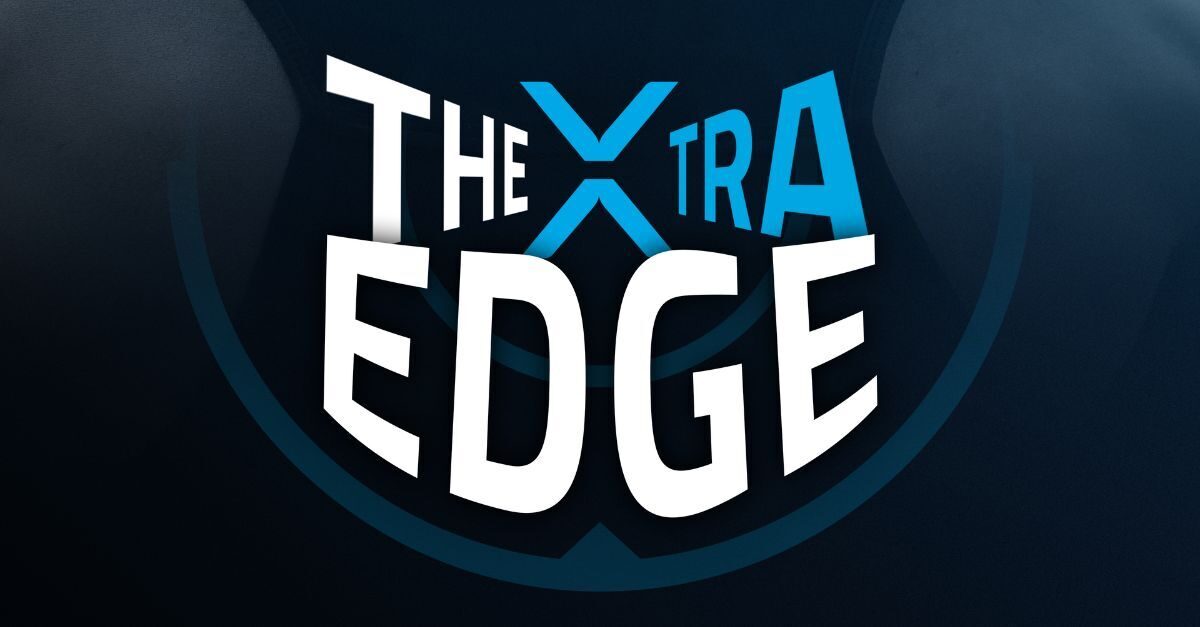
Also on this episode of “The Xtra Edge”, Coach Koier talks about how he’d like to see more cycle-syncing training options for his athletes and why he has his players doing something that is called a “Complex Finisher” in the offseason.
If you’d like to learn more about basketball analytics and how sports data may help your team, contact us at any time.




